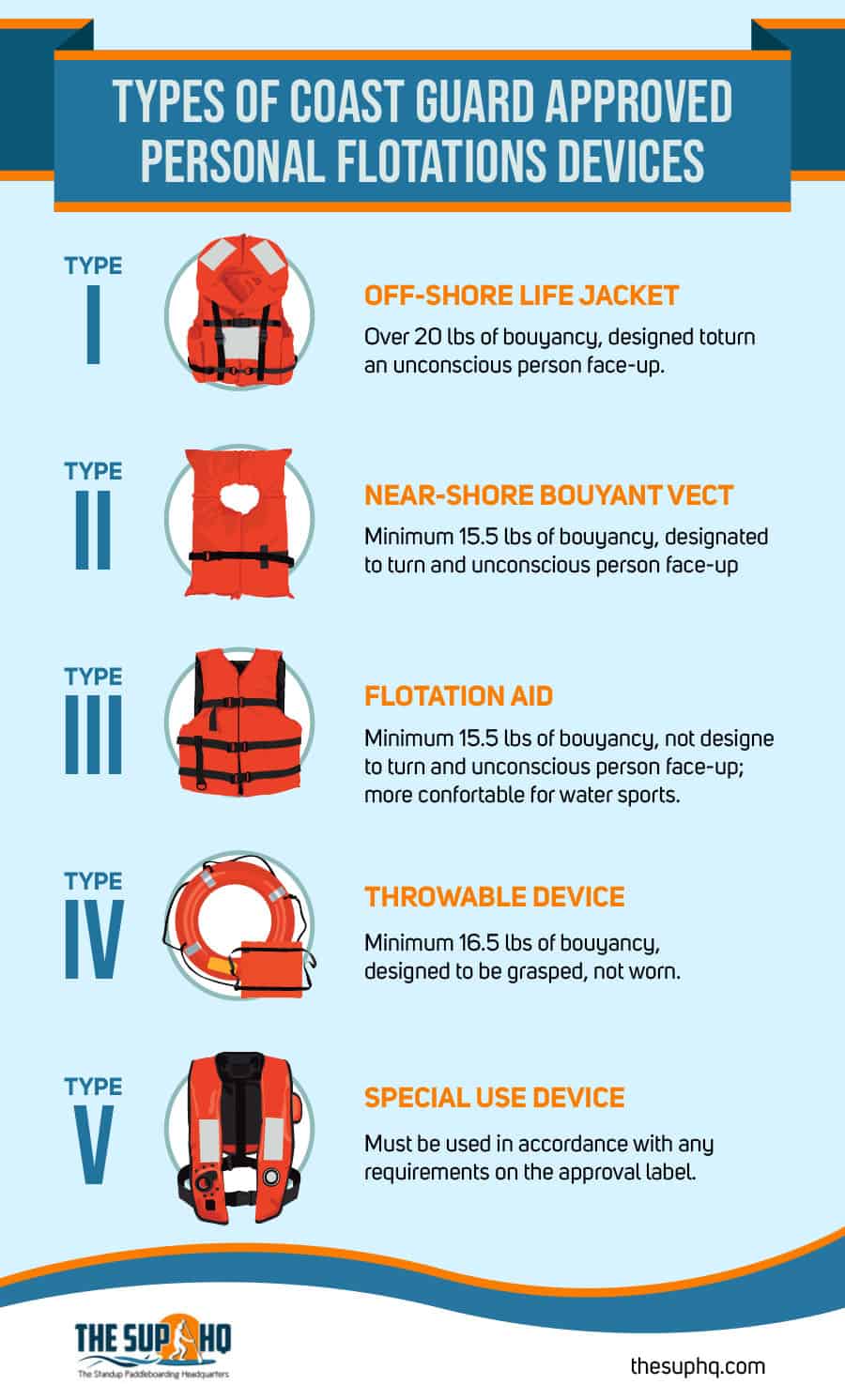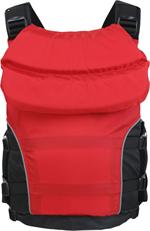
How an adult float in the water depends on the design of the PFD (see notes above). They will float any adults without carrying additional dead weights. Generally most inflatable PFDs for adults provide a buoyancy of 150 Newtons ie approximately 15kg of upward lift. available for person weighing 40 kg & above.

Make sure that your PFD offer you maximum performance in water in that it keeps your chin above water & you can breathe easily. Relax your body to allow the PFD to perform It is important to look at the design of the PFD and the type of fabric used. Likewise as highlighted earlier that all PFDs will provide the Upward Lift to float an adult but that does not mean that all of them will float you in a safe position. Test it in water to ascertain how it performs because an approved PFD does not mean it will perform well for you. Wear the PFD according to the instructions given The weight of the PFD is important to determine the comfort factor Note that PFDs are meant to be worn over the duration of your activity.

Try on the PFD to ensure that it fits properly and is comfortable on you. Ensure that the Type of PFD that is applicable to the water/ boating activity you intend to engage in Check the label to ensure that it is intended for your weight & size Poor and inadequate filtration points will affect the performance of the PFD

If it is, check for water filtration points. For closed cells foam PFD, check whether the fabric housing the foam is coated. A good design PFD will turn you over to face upwards at an inclined angle Be aware that your centre gravity changes and you are more likely to float face down. Seriously look at the design of the PFD from the aspect of how it is going to float you when you are knocked unconscious. The type & weight of clothing & the items in the pockets Apart from the weight of adults, it is important to note that there are other factors that determine the upward lift namely:. All PFD types are able to provide that upward lift requirement. We are built differently and generally most adults require 3.5kg to 5.5kg of buoyancy to keep their heads above water.Therefore most adults just require PFDs that provide the 3.5 to 5.5 kg of "upward lift" to keep them afloat until help arrives. For children wearing PFDs, it is very important that they come under constant competent supervision.Īs for the category of PFD to use, please check with your relevant marine authorities regarding regulations covering your chosen water activity. For compliance to Australian Standards, the safety colours must meet the colour fastness to light on blue Wool standard of 4-5 and the colour fastness to seawater of 4-5 on a grey scale.Īlthough PFDs are meant to be used in sheltered waters & are intended to keep you afloat until help arrives, they may not be suitable for all situations.PFDs may not react the same way in rough situations as in calm waters. However there is no safety colours requirements for PFD Type 3 and there are to be used in supervised situations. Type 2 & 3 PFDs with the same buoyancy requirements but are lower than PFD Type 1, are intended to provide flotation for short term immersion in sheltered water during daylight hours.The upper portion of the PFD Type 2 must be of safety colours. The outer fabric of Type 1 must be of safety colours.

Type 1 PFDs, are intended to be used in water activities where early rescue may be expected. In Australia, they are classified into 3 Categories. They can be either closed cell foam jackets or i nflatable jackets. They are designed to keep a person in a relatively upright postion to allow the person to breathe & not to have to tread water to stay afloat. USEFUL INFORMATION FOR PFDs OR LIFEJACKETS


 0 kommentar(er)
0 kommentar(er)
